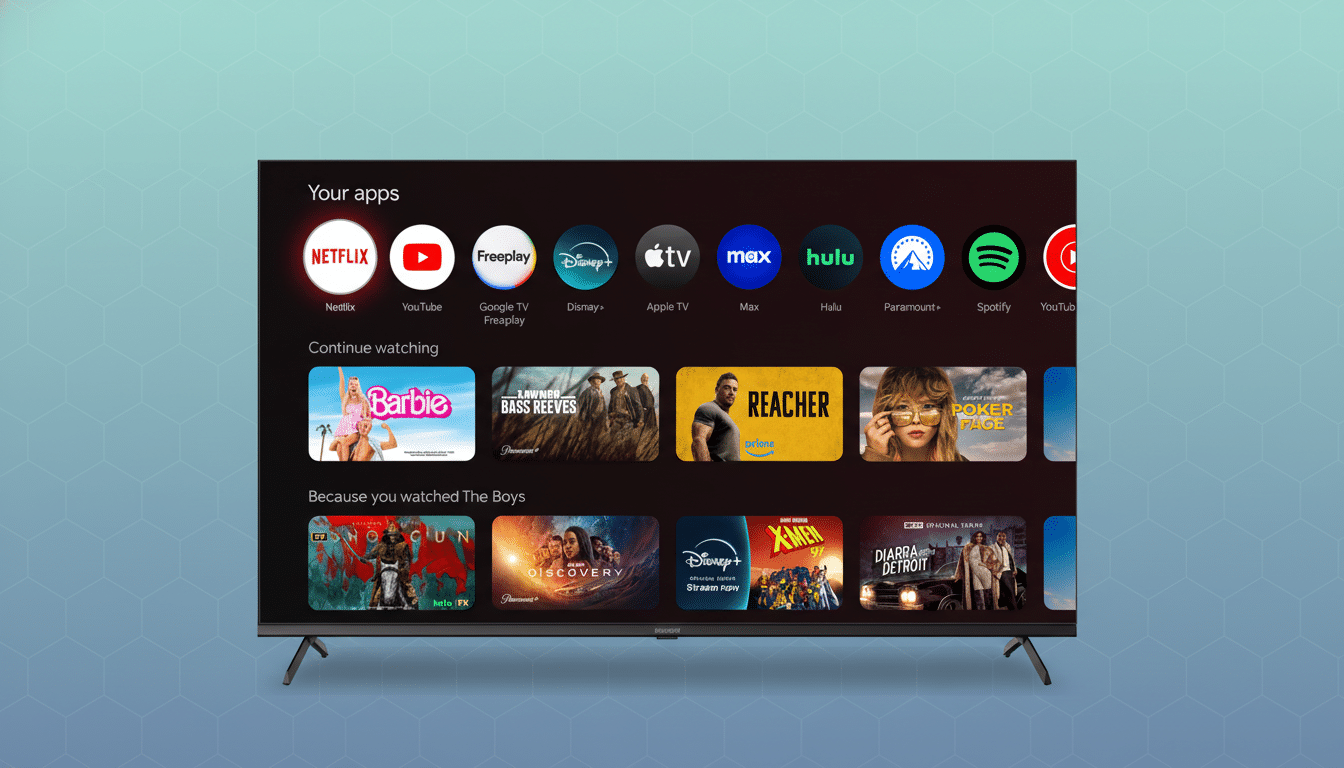Disney’s standoff with YouTube TV is spilling into more corners of Google’s ecosystem, with Disney-owned movies and shows no longer available to buy or rent on YouTube, Google Play, or Google TV. The widening blackout underscores how carriage disputes now reverberate across both live TV bundles and digital storefronts, not just one service.
What Changed Across Google Services and Video Storefronts
Users have reported that the Buy and Rent options are missing from the title pages of Disney-controlled films and series. In many cases, the only buttons remaining are trailer playback and wishlist, reports industry publication 9to5Google.

Previously purchased titles continue to play as expected, and content remains accessible if served up through Google TV and authenticated based on an active Disney+ subscription.
But the removal far outpaces simply flagship Disney and Pixar brands. The libraries of popular content houses Marvel, Lucasfilm, and 20th Century Studios are affected, as well as back-catalog labels like Touchstone and Hollywood Pictures.
In practice, Google’s video storefronts currently display stubs for many of these titles but place a hard block on new transactional purchases or 48-hour rentals.
The dispute behind the disappearance and channel blackout
The recent broader conflict began with the non-renewal between YouTube TV and Disney, which led to the disappearance of 21 linear channels from Google’s live TV bundle offering. Those channels included major networks and sports properties like ABC, ESPN, FX, and National Geographic. The new escalation suggests Disney is using its deep catalog across multiple distribution windows to press the negotiating narrative.
YouTube TV has offered affected subscribers a $10 monthly credit for six months to soften the blow. However, losing access to a block of high-demand sports and entertainment networks adds a new dimension to the bundle’s value proposition from Alphabet, which has previously shared that YouTube TV would accommodate over 8 million clients, making it one of the country’s biggest over-the-web TV vendors.
Viewers have immediate cause for annoyance in the short term. In this situation, it is primarily the absence of particular live stations from YouTube TV and the existing right to prevent Disney-instituted à la carte purchases on Google’s principal digital storefronts.

Consumers opting for traditional television will get access to YouTube TV, whereas cord-cutters will need to download more applications and/or buy and lease from rivalling storefronts like Fandango, Amazon, or Apple due to the unavailability of Disney items on these rival storefronts.
The impact on Google extends beyond the concluding year of a particular contract cycle. YouTube, Google Play, and Google TV are vital points in the top video marketplace, and sell-through purchases and rents create more significant purchases and user preservation. When a broad studio like Disney withdraws its catalogue from that sales lane, it reduces cross-platform user loyalty since users who purchase in one ecosystem expect their goods to stay there.
This is not Disney’s first substantial benefit squeeze with conventional linear channels. Most carriage struggles involve preserving programme economics while also maximizing placement and discovery, although companies like Disney can use their on-screen chyrons to direct viewers to DTC channels.
Precedent And Possible Paths To Resolution
Google has been here before on high-stakes renewals, including NBCUniversal and Paramount, which also ended with a fit compromise. In the two heavy hitters’ past negotiations, the resolution has come once they find a mutual agreement on the pricing, on-demand rights, advertising inventory, and whether and how the apps are integrated and promoted in the device interfaces.
Sports are one wild card that Google and Disney would either employ as a weapon or a compromise. ESPN and the numerous college and pro leagues’ rights are the whopper that influences the carriage fees and packaging talks.
A cut could come in a form of wider on-demand rights, better metadata and promotion across Google surfaces, or assurances about forthcoming streaming products, and read the bargaining summary above with that knowledge in mind.
What viewers can do now during the Disney-Google dispute
- Check your library. If you have purchased Disney movies previously, the titles should remain playable.
- If you use Google’s storefronts for rentals and purchasing, consider alternatives in the meantime or use Disney+ wherever applicable for streaming.
- As a YouTube TV customer, you will automatically see the monthly bill credit, and the channels could come back instantly after the negotiation.
Once more, the throughline is quickly getting visible: as the major media firms rebalance between the legacy TV and streaming, the clash of distribution will spill over. The acquired grenade move – pulling Google’s purchases at the same time with the live TV blackout – points out how profound catalogs and sports rights will shape discussions about the whole viewing ecosystem when the deal makes sense once more.

